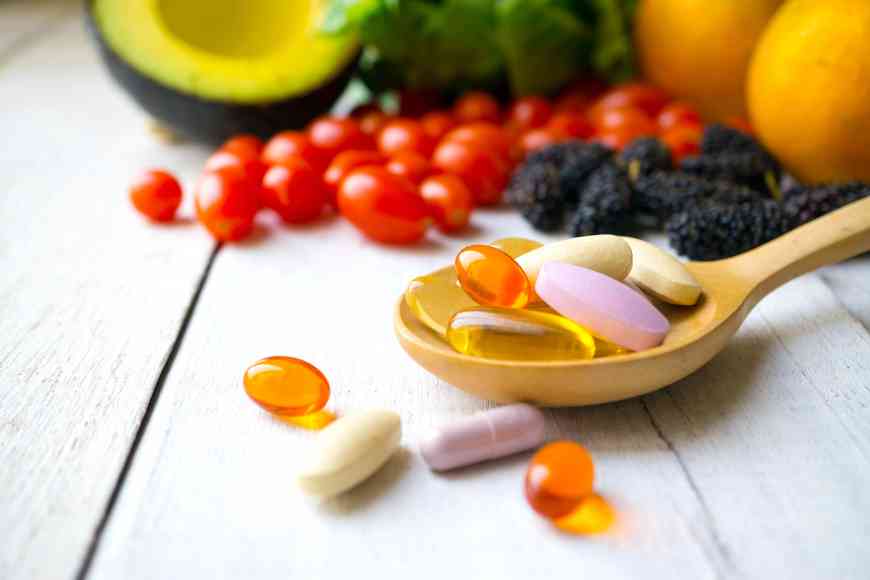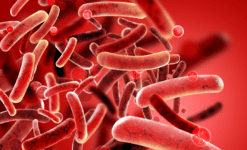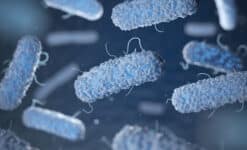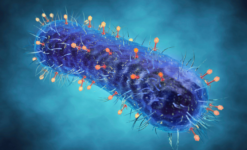
The microbiome and its relationship to the maintenance of health is a topic that continues to gain more and more interest. Two terms that are often associated with this topic, and that relate to products marketed to influence the microbiome, are “prebiotic” and “probiotic”.
Although several definitions for these terms have been proposed, there is no global agreement, and so for the purpose of this article, the following definitions will be used:
- probiotics are live microorganisms which, when administered in adequate amounts, confer a health benefit on the host[1],
- prebiotics are substrates that are selectively utilized by host microorganisms conferring a health benefit[2].
It should be noted that the terms “probiotics” and “prebiotics” are not limited to foods, although the terms are commonly used with this intention. In this article, we discuss possible food types that can be considered as prebiotics and probiotics and discuss the main regulatory steps that should be considered in the development of these products.
General considerations for the development of a food product
Although “Food” covers a wide range of products, from a regulatory perspective, it can be divided into the following groups:
- Common foods;
- Fortified foods, to which vitamin(s), mineral(s) or other substance(s) have been intentionally added;
- Food supplements / dietary supplements containing concentrated nutrients or other substances with a nutritional or physiological effect, presented in a dose form;
- Foods for special medical purposes (FSMPs) / medical foods, specially processed or formulated for patients needing specific dietary management;
- Other foods for specific groups of the population (e.g. total diet replacements, infant foods).
Parameters such as the product composition, form, target population and claims are critical to determine the regulatory status of a food.
The components of food products can be nutrients (e.g. proteins, carbohydrates, fats, fibres, vitamins, minerals), additives (not normally consumed as a food, but used for a technological purpose), and other substances with a nutritional or physiological effect. Some nutrients can be regarded as prebiotics, whereas probiotics should be considered as “other substances”. In addition, for some types of food, the ingredients that can be used, together with their minimum and maximum quantities are specified in dedicated regulations. If this is the case, the use of any ingredients that could impact the microbiome is limited to prebiotic nutrients.
The principle requirements for food products are that they are safe (i.e. do not present a risk for human health and that they are fit for human consumption) and that labelling and information about the product are not misleading for consumers. In the case of foods developed to have a beneficial effect on the microbiome, careful consideration should therefore be given to the “novel” status of ingredients and how any claims will be substantiated.
Innovative food components
Probiotics are a recent trend in the food industry, and there isn’t a long history of use to confirm their safety. For this reason, these products are particularly likely to be classified as a “new” or “novel” component of food products.
- In the EU, a “novel food” is any food that was not used for human consumption to a significant degree within the Union before 15 May 1997[3];
- In the US a “new dietary ingredient” means a dietary ingredient that was not marketed in the US in a dietary supplement before October 15, 1994[4].
The “novel” status of a food product might be due to the product’s nature, but it can also relate to the technologies used to produce it or to the production process. Since 2018, foods “consisting of, isolated from or produced from microorganisms, fungi or algae” are explicitly included in the scope of novel foods in the EU1.
The first step for placing a food product on the market that is intended to have an impact on the microbiome is to determine the status (novel or not) of each of its components – possibly with the Authorities’ support. Depending on the targeted market (EU/US), an application/notification will have to be submitted to the Authorities.
Health claims
A claim is a message or representation, in any form, which states, suggests or implies that a food has particular characteristics. The following are permitted:
- Nutrition claims, related to particular beneficial nutritional properties due to a product’s energy, nutrients or other substances it contains;
- Health claims, related to the existence of a relationship between a food category, a food or one of its constituents, and health[5].
- Several conditions need to be fulfilled for a product to be associated with a health claim:
- The food product must be classified as being under eligible status to make a health claim. For example, in the EU some products (e.g. FSMPs) are forbidden from making such claims;
- The health claim must be authorized by the competent Authority. This means it must already have been approved and listed in the Authority register or it must be approved following an application by the manufacturer;
- The product needs to comply with the conditions for use of the claim, as approved by the Authority.
As regards pre-and probiotics, it should be noted that as per their definitions, both terms contain claims, and they are therefore subject to regulatory approval from the authorities.
Note: EU situation
EU Regulation 1924/2006 on nutrition and health claims states “Reference to general, non-specific benefits of the nutrient or food for overall good health or health-related well-being may only be made if accompanied by a specific health claim [to be approved by the European Commission]”.
As such, “prebiotic” and “probiotic” can be considered as generic claims although currently no specific health claim that could support such a generic claim has been approved.
- The current challenge for the manufacturers of pre- and probiotics lies in providing appropriate evidence to the European Commission to support approval of a microbiome-related claim.
- Although challenging, this creates an opportunity for manufacturers to make unique claims, which will allow them to stand out in the field of specialized food products.
Putting on the market
Apart from any approval required for a novel food and/or a health claim, no additional regulatory approval is needed from the Authorities when placing a food product on the market. However, for some food groups, the competent Authority must be notified that these products are being made available on the market. This does not imply any feedback or further approval from the authorities, although the Authority might require justification of the product’s compliance with the applicable regulatory requirements after its marketing.
Conclusion
When compared to the development of a medicinal product, development of a food product can be an easier alternative. However, several regulatory approvals might be needed from the Authorities (e.g. novel food, health claim) and the associated time and cost to obtain them should not be forgotten. This is of specific relevance for microbiome-related foods that are particularly likely to need these approvals.
Despite all these challenges, the food arena remains particularly conducive to the development of microbiome-related health products, and as discussed, it can be much simpler, faster and less expensive than developing a medicinal product and getting it to market. This offers a great opportunity to manufacturers to develop products that take advantage of our growing understanding of the importance of the microbiome, and that can complement more traditional medicinal products in contributing to more holistic health solution.
[1] Probiotics in food: Health and nutritional properties and guidelines for evaluation – FAO Food and Nutrition Paper 85. 2006
[2] EXPERT CONSENSUS DOCUMENT – The International Scientific Association for Probiotics and Prebiotics (ISAPP) consensus statement on the definition and scope of prebiotics – Nature Reviews Gastroenterology & Hepatology. Published 14 June 2017. doi:10.1038/nrgastro.2017.75
[3] Regulation (EU) 2015/2283 of the European Parliament and of the Council of 25 November 2015 on novel foods – OJ L 327, 11.12.2015, p. 1–22
[4] Section 413(d) of the Federal Food, Drug, and Cosmetic Act (the FD&C Act), 21 U.S.C. 350b(d)
[5] Regulation (EC) No 1924/2006 of the European Parliament and of the Council of 20 December 2006 on nutrition and health claims made on foods – OJ L 404, 30.12.2006, p. 9–25.
Published on: Nov 29, 2019





